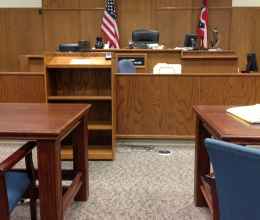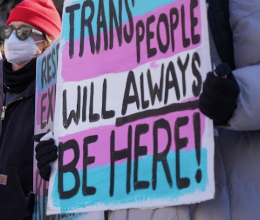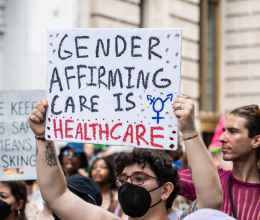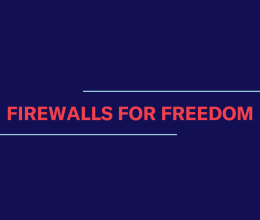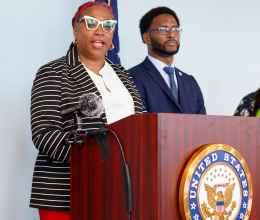Admissions data for Boston’s incoming exam school classes show that the troubling trend of under-enrollment of African Americans and Latinos continues in Boston’s exam schools, particularly at Boston Latin School (BLS), according to A Broken Mirror, a paper released by several civil rights groups today.
The percentages of Black and Latino 6th and 8th graders invited to BLS for next school year are more than two-and-a-half times below their district-wide enrollment rates in Boston Public Schools (BPS). Schoolwide, African-American enrollment at BLS is at its lowest rate since desegregation. BLS’ Latino enrollment rate remains what it was in the 1990s, despite a doubling in Latinos’ application rate to BLS since then.
“The city has long held out exam schools as a means of upward mobility for children of all backgrounds,” said Matt Cregor, Education Project Director at the Lawyers’ Committee for Civil Rights and Economic Justice, the paper’s lead author. “The new admissions data make it very hard to stake that claim, especially at Boston Latin.”
The latest exam school invitations show disparities in race and class by our neighborhoods and schools. All majority white neighborhoods have exam school admission rates above 50%, while no majority Black or majority Latino neighborhood has an admission rate above 50%. Private school students have far better odds of exam school admission than their peers in BPS. This is especially true at BLS, where half the private school students who applied to exam schools got in, more than twice the rate of BPS students.
“As the recent crisis and Department of Justice finding of discrimination at Boston Latin remind us, we fail our children when we ignore issues that deprive them of equal educational opportunity,” said Kim Janey, Senior Project Director at Massachusetts Advocates for Children.
Currently, exam school admission is determined by only two factors: students’ grades and an entrance exam. Neither guarantees readiness for exam school rigor. There is tremendous grading variation between and among Boston’s district, charter, and private schools, as well as concern that students outside BPS benefit from this variation. And, while Boston has recently reinvigorated the Exam School Initiative, a free entrance exam test preparation program, it has yet to yield the results boasted by private providers to whom families pay significant fees for test prep courses.
“Together, we could make racial diversity a reality for our children, but only if there is political will and courage,” said Tanisha M. Sullivan, President of the NAACP-Boston Branch. “In 2017, we shouldn’t need a court order to force racial diversity in this city. As a city we should be able to come together, and make this commitment to all of our children.”
Boston previously succeeded in encouraging racial diversity in exam schools. However, these efforts were undone by a lawsuit 20 years ago, long before the U.S. Supreme Court ruled on efforts to voluntarily promote racial diversity in public school districts.
“The Supreme Court has made clear that schools can value the racial, geographic, and socioeconomic diversity of the students they serve – and has given districts a roadmap for how to do so,” said Rahsaan Hall, Director of the Racial Justice Program at the ACLU of Massachusetts. “We just need to implement these solutions in Boston.”
The groups will hold a series of open forums across Boston to review these data and determine what alternatives hold the most promise for improving racial diversity in Boston’s exam schools.
They call for BPS to immediately intensify its review of exam school admissions so that the city can properly value racial diversity for the next incoming exam school class.
“As a city, we owe it to all of our children to have these conversations and take action,” said Johnny McInnis, President of the Black Educators Alliance of Massachusetts (BEAM). “Our city’s future is brightest when our next leaders from all neighborhoods have the opportunity to learn with and from each other.”
